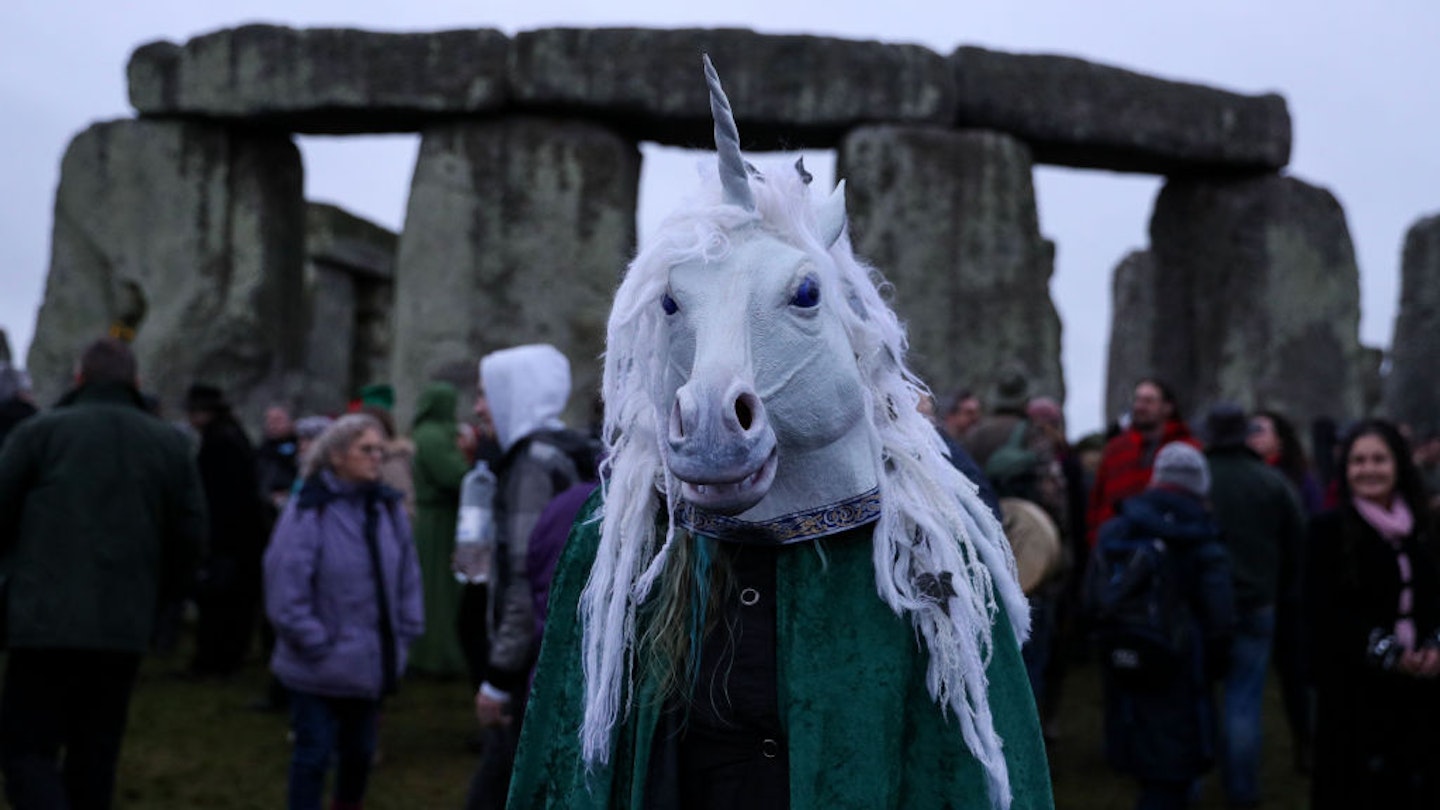Celebrating the Winter Solstice: Top Destinations for 2023
For centuries, cultures from Scandinavia to Asia have recognized the year’s longest night as a marker for slowly extending days, the end of harvests, and even the potential activation of evil spirits.
When the winter solstice returns in the northern hemisphere at 03:27 am on Friday, December 22, 2023, people around the world will bring light to the year’s darkest day. Here are the best places to celebrate the winter solstice in 2023.
1. Stonehenge, England

There’s perhaps no better time to visit the prehistoric rock wonders of Stonehenge than on the winter or summer solstice. New Age tribes (neo-druids, neo-pagans, Wiccans) mix with tourists, travelers, and party people at the mystical structure to honor the year’s shortest day.
The two solstice days are the only time when entry is free and visitors are allowed to roam and explore the giant structure. If you can’t make it in person, check out the live stream of the event via English Heritage’s YouTube channel.
2. St Lucia’s Day, Festival of Lights and Yule, Scandinavia

Scandinavia has a strong tradition of marking the turning point in its long, dark winters with festivities that interweave pre-Christian and Christian rituals. St Lucia’s Day takes place on December 13, the shortest day of the year according to the Julian calendar.
Before Christianity came to the region, the Norse recognized the winter solstice by burning large fires to scare away evil spirits, an influence seen in the present-day Festival of Lights. This festival is dedicated to St Lucia, celebrating light conquering darkness, featuring processions of candles and the eldest daughter in white serving coffee and treats.
3. Winter Solstice at Newgrange, Ireland

Mysterious Newgrange in County Meath, Ireland, built around 3200 BCE, draws attention during winter months. This circular structure’s longest passage and inner chamber are illuminated completely during sunrise on the winter solstice, suggesting it may have served as a religious or ceremonial center.
Due to limited capacity, a lottery is required for dawn entry between December 18 and 23, with 60 people selected to witness the solar phenomenon. If you want to experience the winter solstice with a prehistoric edge, consider applying for the lottery next year.
4. The Fires of Lohri, India

Celebrating the end of winter and the harvest season, Lohri is one of the most popular festivals in northern India, particularly in Punjab and Haryana. Originally held on the winter solstice, Lohri now takes place on January 13, right before Makar Sankranti, dedicated to the sun deity Surya.
This celebration honors the fire and sun gods and is particularly meaningful for families who have recently celebrated births or marriages. In the days leading up to the holiday, communities gather firewood, and traditional treats like popcorn and gajak are enjoyed.
5. Tōji Traditions, Japan

In Japan, winter is welcomed with a relaxing soak in a yuzu-infused bath, a tradition known as tōji. This cozy practice aims to ward off illness in the cold months, reflecting hundreds of years of custom.
Other winter solstice traditions include eating winter squash and toji-gayu (rice porridge with adzuki beans), as well as foods with names containing the ‘n’ sound, believed to bring good luck.
6. Burning the Clocks, Brighton, UK

A contemporary take on winter solstice light celebrations, Burning the Clocks is a quirky lantern parade held by Brighton’s arts charity, Same Sky, on the evening of December 21. Established as a way to celebrate the festive season, participants construct paper and willow lanterns to walk through the streets before throwing their creations into a bonfire.
7. Winter Solstice Lantern Festival, Vancouver, Canada

On December 21, Vancouver will celebrate the 30th anniversary of one of its most festive events, lighting up the darkest night. The Winter Solstice Lantern Festival features lantern-making workshops, fire performances, and musical entertainment, creating a carnival-like atmosphere. Other attractions include an indoor Labyrinth of Light installation featuring 600 candles.





